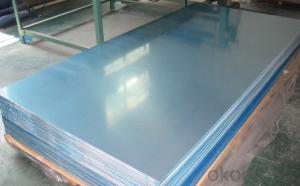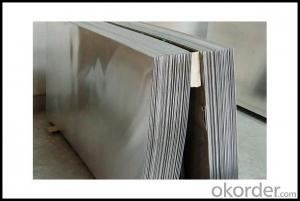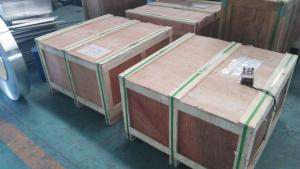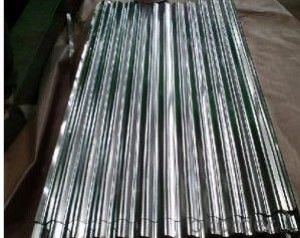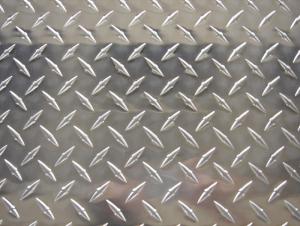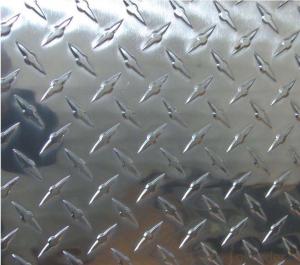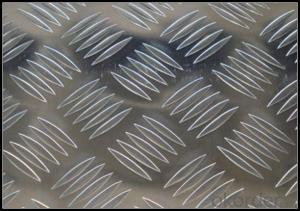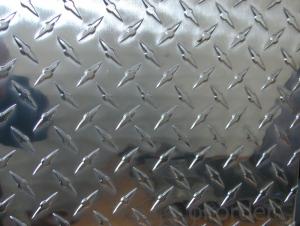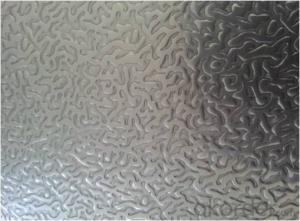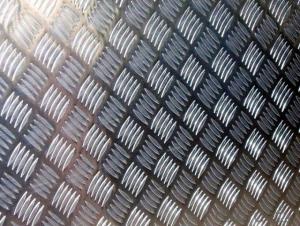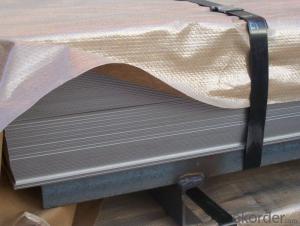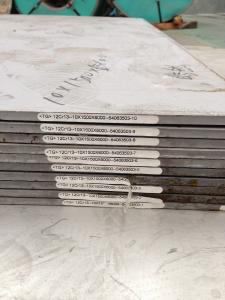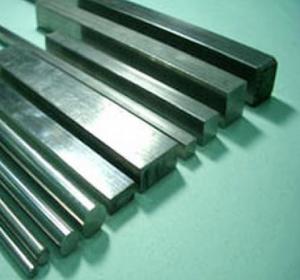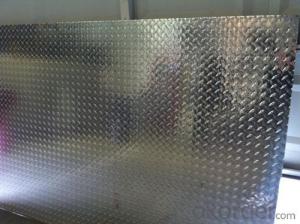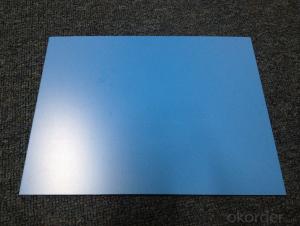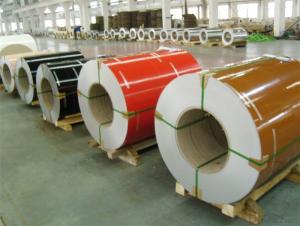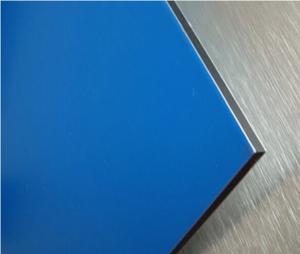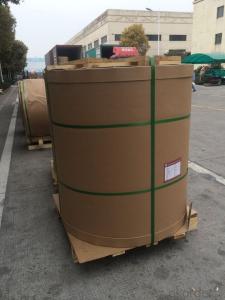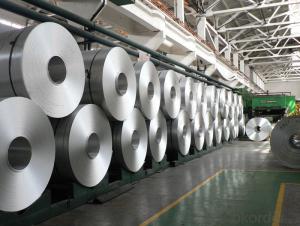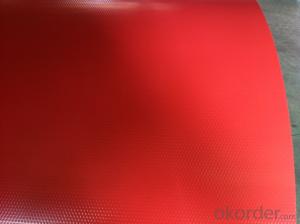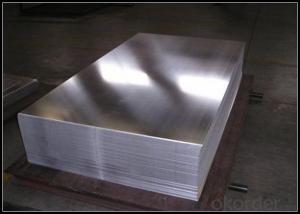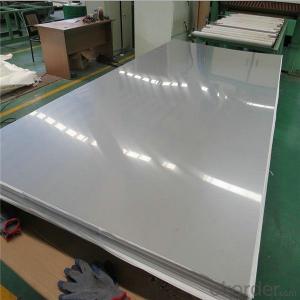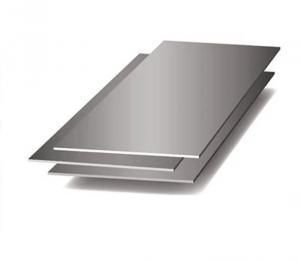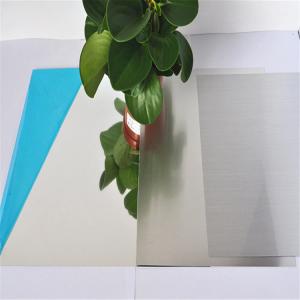Diamond Plate Aluminum Sheets 4X8
Diamond Plate Aluminum Sheets 4X8 Related Searches
Aluminum Diamond Plate 4x8 Sheet 4x8 Sheet Diamond Plate Aluminum 4x8 Sheet Aluminum Diamond Plate Aluminum Diamond Plate 4x8 Diamond Plate Aluminum 4x8 4x8 Aluminum Diamond Plate 1 8 Aluminum Diamond Plate 4 X8 4x8 Diamond Plate Aluminum 4 X 8 Aluminum Diamond Plate 1 8 Diamond Plate Aluminum Sheet 4X8 Sheet Aluminum 4 X 8 Diamond Plate Aluminum 4x8 1 8 Aluminum Diamond Plate 4x8 1/8 Aluminum Diamond Plate 4x8 1/8 Diamond Plate Aluminum Diamond Plate Aluminum Sheets 4x8 1 4 Aluminum Diamond Plate Aluminum Plate 4x8 1/4 Aluminum Diamond Plate 4x8 Black Aluminum Diamond Plate 4x8 4x8 Aluminum Diamond Plate 1/8 4x8 1/4 Aluminum Diamond Plate 4x8 1/4 Diamond Plate Aluminum 4x8 Aluminum Diamond Plate 1 8 4x8 Aluminum Plate 4 8 Aluminum Diamond Plate 1 4 Diamond Plate Aluminum Sheet Aluminum Tread Plate Sheet 4x8 1/8 Aluminum Diamond Plate 4'X8' 4x8 Aluminum Diamond Plate PriceDiamond Plate Aluminum Sheets 4X8 Supplier & Manufacturer from China
Diamond Plate Aluminum Sheets 4X8 are a popular choice for various applications due to their durability, lightweight properties, and slip-resistant surface. These sheets are made from high-quality aluminum, featuring a diamond plate pattern that provides excellent traction and a modern, aesthetically pleasing appearance. They are commonly used in a wide range of industries, including construction, automotive, and marine, for tasks such as flooring, wall cladding, and ramps.The Diamond Plate Aluminum Sheets 4X8 are particularly useful in environments where safety and slip resistance are paramount, such as in wet or oily conditions. They can also be used for decorative purposes, adding a touch of style to both indoor and outdoor spaces. These sheets are known for their resistance to corrosion and weathering, making them a practical and long-lasting solution for various applications.
Okorder.com is a reputable wholesale supplier of Diamond Plate Aluminum Sheets 4X8, offering a vast inventory to cater to the needs of different customers. With a commitment to providing high-quality products at competitive prices, Okorder.com ensures that businesses and individuals can access the materials they need for their projects without breaking the bank.
Hot Products

